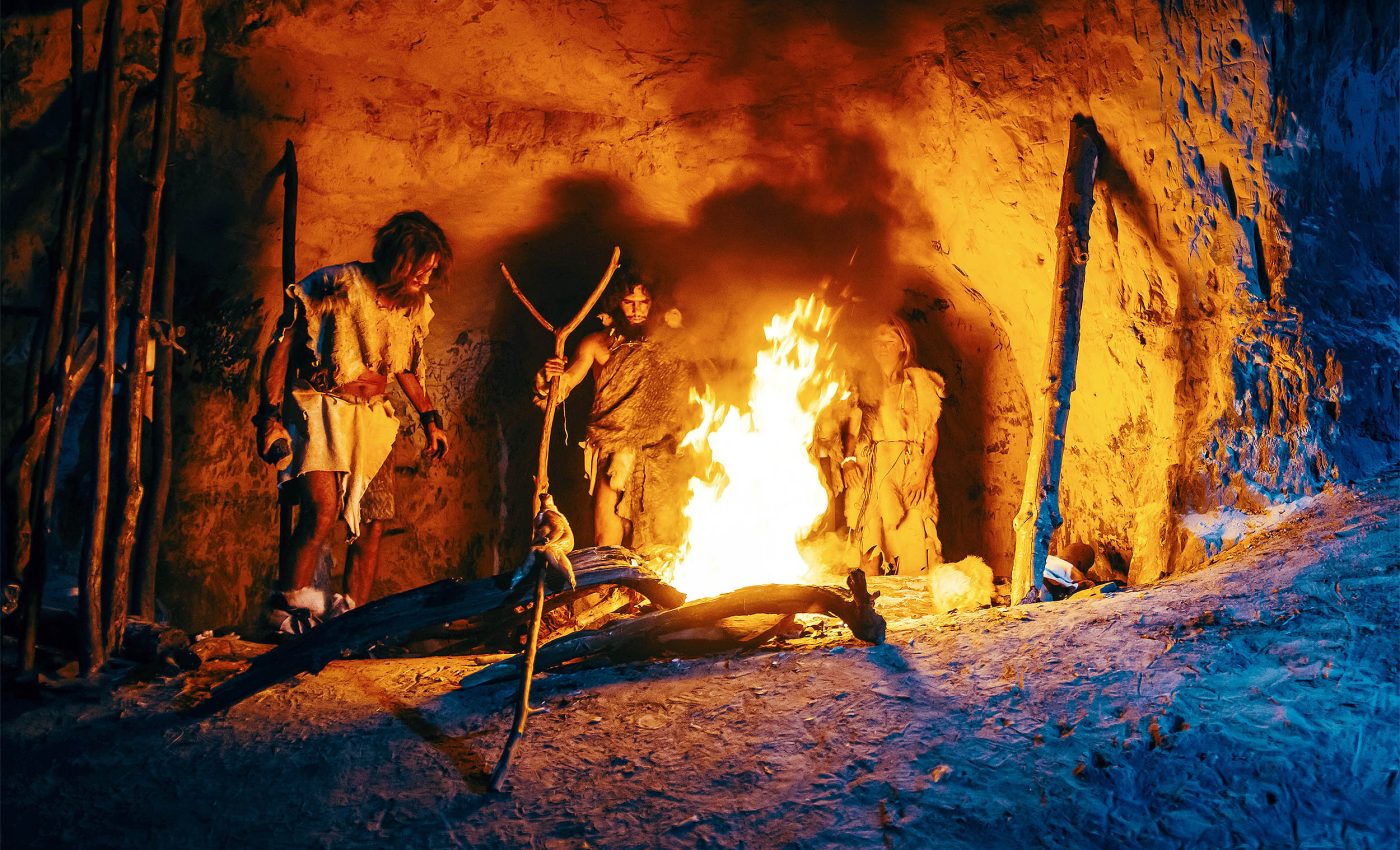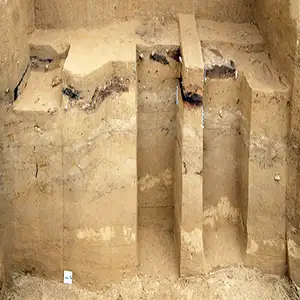
Early humans were much better at using fire than we thought
Fire was a lifeline for humans during the Ice Age. It cooked their food, lit up their nights, kept them warm, and helped them shape tools. But oddly enough, archaeologists have long struggled to find clear evidence of fire use during the coldest phase of the Ice Age in Europe.
However, new research led by the University of Algarve and the University of Vienna is helping to fill that gap. It reveals how Homo sapiens used fire during the Ice Age’s coldest period, between 26,500 and 19,000 years ago.
Using a combination of advanced techniques, the researchers were able to reconstruct what ancient fireplaces looked like, what they burned, and how fire helped early humans survive some of the harshest climates our species has ever faced.
Essential tool for survival
For decades, researchers agreed fire was indispensable for Ice Age communities. It wasn’t just a way to stay warm – it was central to daily life.
“Fire was not just about keeping warm; it was also essential for cooking, making tools, and for social gatherings,” said Philip R. Nigst, an archaeologist at the University of Vienna and a lead author of the study.
But if fire was so critical, why is there so little physical evidence of it from this period? According to the research team, that puzzle is exactly what makes their recent discovery so exciting.
“We know that fire was widespread before and after this period, but there is little evidence from the height of the Ice Age,” said William Murphree, co-lead author of the study and geoarchaeologist at the University of Algarve.
Digging into Ice Age hearths
The team focused their analysis on three hearths found at a prehistoric site in Ukraine. These weren’t massive fire pits but rather simple, flat constructions, easily overlooked without the right tools and techniques.
They used microstratigraphic analysis, micromorphology, and colorimetric analysis to study soil layers, structure, and burn-related color changes. These methods confirmed the hearths were human-made.
Even more compelling, the fires built in these hearths reached temperatures over 600°C. That’s no accident.
It indicates a controlled, deliberate use of fire, even in a landscape where cold, snow, and limited resources might have made ignition and fuel supply extremely difficult.
“People perfectly controlled the fire and knew how to use it in different ways, depending on the purpose of the fire,” Nigst explained.
Fueling the flames
So what exactly were these fires made from? The researchers found that spruce wood was likely the primary fuel, based on their charcoal analysis.
However, the story doesn’t end there. Researchers found animal bones at the site that had been charred by fire at temperatures exceeding 650°C.
This raises the possibility that people also burned bones or animal fat – either deliberately or as a byproduct of cooking or waste disposal.
“Some of the animal bones found at the site were burnt in a fire with a temperature of over 650° Celsius. We are currently investigating whether they were used as fuel or just accidentally burned,” said Marjolein D. Bosch, a zooarchaeologist from the University of Vienna and co-author of the study.
If Ice Age humans really were using bones and fat as alternative fuels, it would suggest a high level of adaptability.
In environments where dry wood may have been scarce – especially in open tundra landscapes – people may have turned to whatever flammable materials were available.
Seasonal life around the hearth
All three hearths were open and flat, without the stone enclosures that might characterize later or more permanent fire pits. Still, not all were built the same.
One of the hearths was larger and had a thicker deposit, implying it burned hotter and probably longer. This variation offers clues about how people used the fires and when they built them.
The research suggests that Ice Age people returned to this site at different times of the year, possibly during their seasonal migrations.
Depending on the weather and the resources they had, they may have altered the size, intensity, or purpose of their fires.
That kind of flexibility shows a deep understanding of fire’s many uses – not just for warmth, but as a tool that could be adapted to different contexts.
Why so few fires from the Ice Age remain
Despite the careful work done at the Ukrainian site, the overall lack of hearths from this time period still leaves questions unanswered.
“Was most of the evidence destroyed by the ice-age-typical, alternating freezing and thawing of the soil?” Murphree asked.
That kind of freeze-thaw action can easily disturb or erase delicate archaeological layers, making it hard to identify hearths or other features in the ground.
Another possibility is that humans had to innovate new ways to stay warm when fire wasn’t possible. “Did people not find enough fuel during the Last Glacial Maximum? Did they not use fire, but instead relied on other technological solutions?” Nigst added.
While speculative, these questions invite further exploration into how Ice Age humans adapted to life in brutal environments.
Why does any of this matter?
What this study makes clear is that even in the harshest conditions, Ice Age communities were far from rudimentary.
They were skilled pyrotechnicians who knew how to manage fire under difficult circumstances. They adapted their fire use to different seasons, likely understood the properties of various fuel types, and were capable of producing high, consistent temperatures.
The team continues their work, and future analysis may uncover more about how people managed fire during the Ice Age.
But for now, the research adds a crucial piece to the puzzle of human evolution – highlighting fire not just as a tool for survival, but as a symbol of human ingenuity and resilience.
By unearthing and studying these humble hearths, the researchers are doing more than filling in historical blanks. They’re showing us that our ancestors, thousands of years ago, were already shaping fire to meet the demands of life in one of Earth’s most challenging climates.
In doing so, they laid the groundwork for humanity’s ability to adapt, innovate, and thrive – an ability that continues to define us today.
The study is published in the journal Geoarchaeology.
—–
Like what you read? Subscribe to our newsletter for engaging articles, exclusive content, and the latest updates.
Check us out on EarthSnap, a free app brought to you by Eric Ralls and Earth.com.
—–















